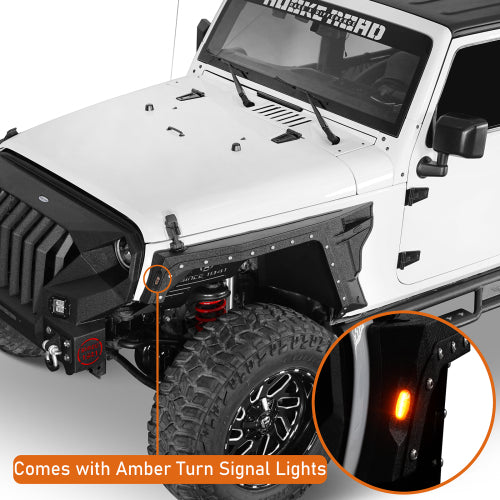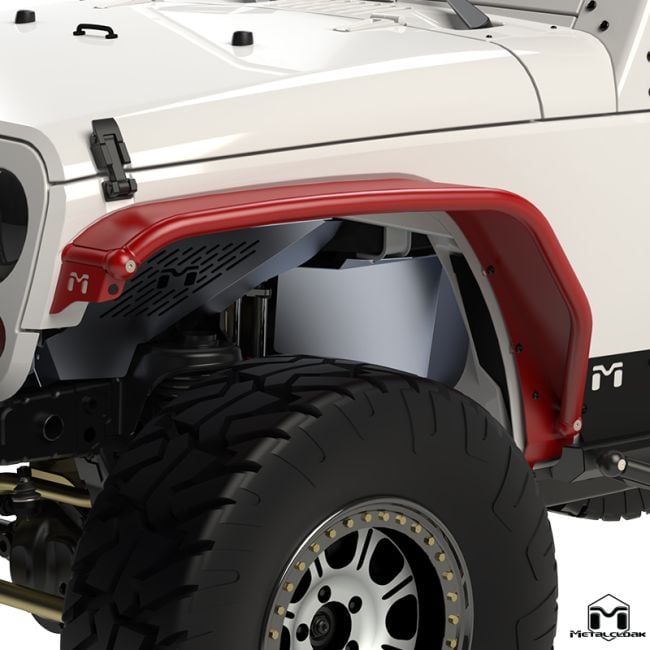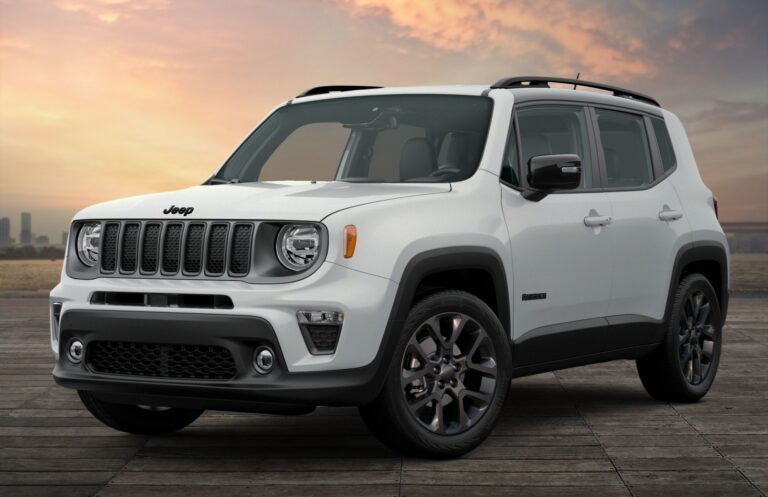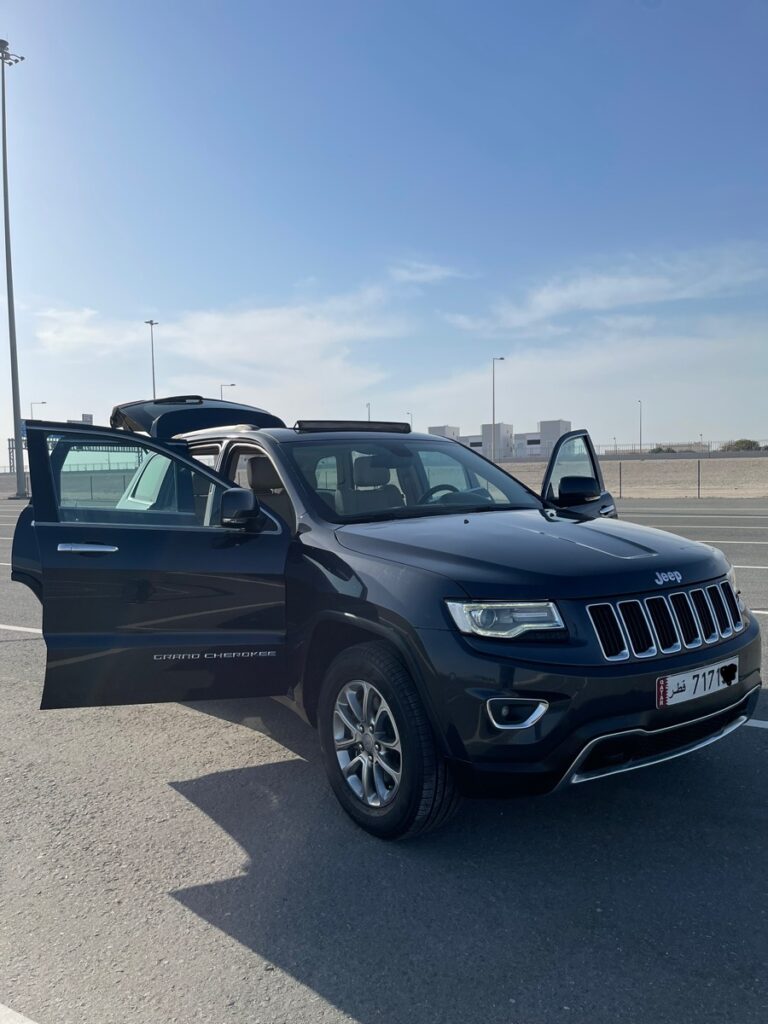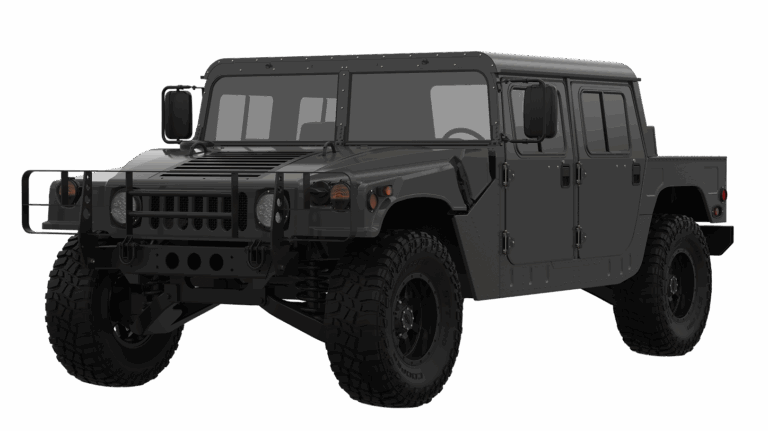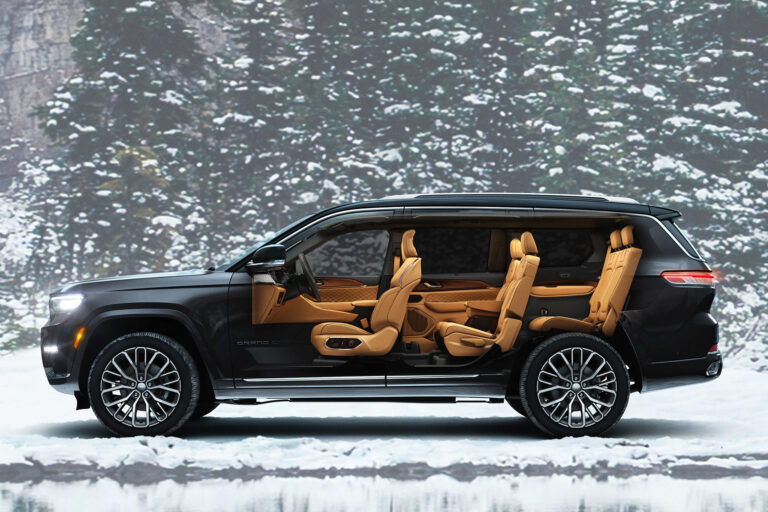Jeep JK Fenders For Sale: Your Ultimate Guide to Upgrading Your Wrangler
Jeep JK Fenders For Sale: Your Ultimate Guide to Upgrading Your Wrangler jeeps.truckstrend.com
The Jeep Wrangler JK (2007-2018) is an icon of off-road capability and customization. From the moment it rolled off the assembly line, it was destined to be modified, lifted, and taken to places most vehicles could only dream of. Among the myriad of upgrades available, replacing your stock fenders is one of the most impactful, offering a blend of enhanced aesthetics, improved performance, and crucial protection.
Whether your factory fenders have suffered damage on the trail, you’re looking to fit larger tires, or you simply want to give your JK a more aggressive, trail-ready stance, the market for "Jeep JK Fenders For Sale" is vast and diverse. This comprehensive guide will delve into everything you need to know about purchasing, selecting, and installing aftermarket fenders for your beloved Wrangler JK, transforming it into the ultimate off-road machine.
Jeep JK Fenders For Sale: Your Ultimate Guide to Upgrading Your Wrangler
Understanding Jeep JK Fenders: More Than Just Body Panels
At their core, fenders are designed to protect your vehicle’s body from debris, mud, and rocks kicked up by the tires. On a Jeep JK, however, they serve a much greater purpose, especially for those venturing off the pavement. Stock fenders, while functional, often limit tire size due to clearance issues and can be prone to damage on challenging trails. Aftermarket fenders, on the other hand, are engineered to address these limitations, providing:
- Increased Tire Clearance: The primary reason many JK owners upgrade. Aftermarket fenders, particularly flat or high-clearance designs, open up the wheel wells significantly, allowing for the installation of larger tires without rubbing, even with substantial suspension articulation.
- Enhanced Durability: Constructed from robust materials like steel, aluminum, or high-density plastic, aftermarket fenders are built to withstand the abuse of off-roading, shrugging off impacts that would crumple or crack stock plastic.
- Improved Off-Road Performance: Greater clearance means better approach and departure angles, reducing the likelihood of fender contact with obstacles. Some designs also contribute to better articulation by minimizing interference.
- Aggressive Aesthetics: Beyond functionality, aftermarket fenders dramatically change the look of your JK, giving it a more rugged, custom, and capable appearance that stands out from the crowd.
![]()
Why Upgrade Your JK Fenders? The Benefits of Aftermarket Options
Upgrading your JK fenders isn’t just about replacing a worn part; it’s an investment in your Jeep’s performance, protection, and personality. Here’s a deeper look at the benefits:
- Accommodating Larger Tires: This is often the driving force behind fender upgrades. Stock fenders severely limit tire size, typically maxing out around 33 inches without a lift. Aftermarket fenders can allow for 35-inch, 37-inch, or even larger tires with appropriate lift kits, opening up a world of off-road capability.
- Superior Protection: Whether it’s flying gravel on the highway or jagged rocks on the trail, robust aftermarket fenders offer superior protection to your paint, body panels, and even your passengers. Many come with integrated inner fender liners for complete wheel well coverage.
- Weight Reduction (with aluminum/plastic options): While steel fenders add significant weight, high-quality aluminum or certain heavy-duty plastic options can actually reduce unsprung weight compared to some factory setups, potentially improving ride quality and fuel economy slightly.
- Customization and Style: From sleek, minimalist designs to aggressive, angular shapes, aftermarket fenders offer unparalleled opportunities to customize your JK’s exterior. You can choose finishes like textured powder coat, smooth paintable surfaces, or raw metal for a truly unique look.
- Compliance with Tire Coverage Laws: Many states have laws requiring tires to be covered by fenders. If you install wider tires, stock fenders may no longer provide adequate coverage. Aftermarket flares and wider fender designs ensure you remain street legal.
- Replacing Damaged Fenders: If your stock fenders are cracked, bent, or otherwise damaged, an aftermarket upgrade is often a more durable and aesthetically pleasing replacement than trying to find used stock parts.
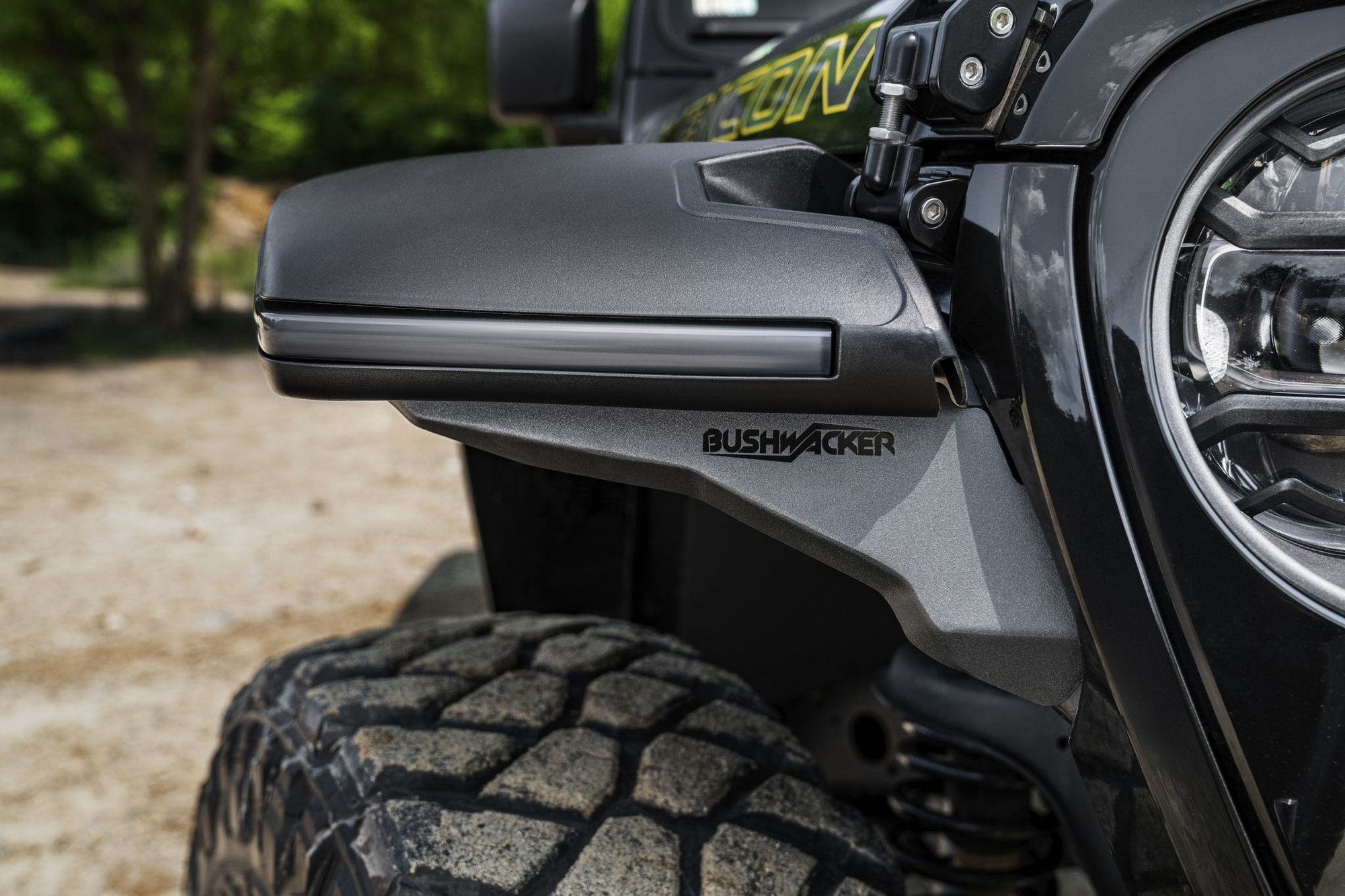
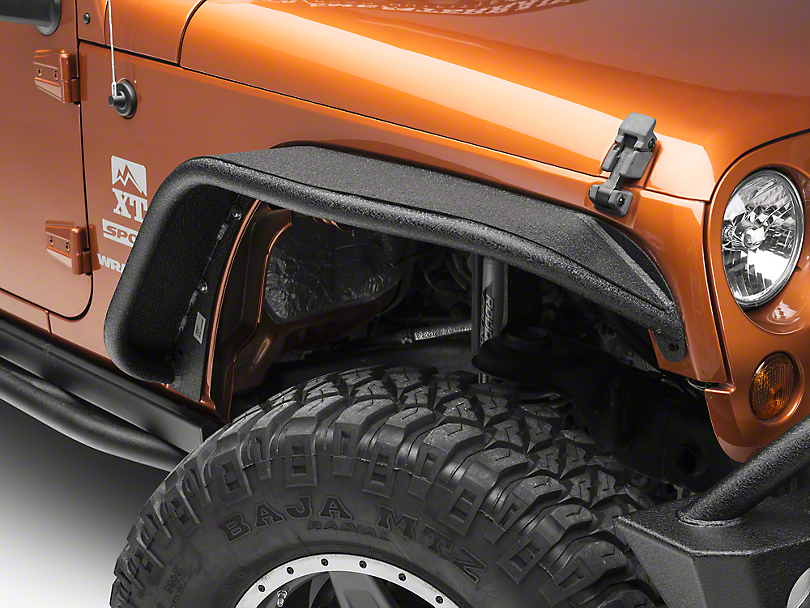
Types of Aftermarket JK Fenders Available for Sale
The market offers a wide array of fender types, each with its own characteristics and benefits. Understanding these will help you choose the right set for your needs:
-
Flat Fenders: These are designed to maximize tire clearance by eliminating the traditional curved profile of stock fenders, creating a flat, horizontal top surface. They offer the most aggressive look and the greatest amount of wheel well opening.
- Pros: Maximum clearance, aggressive styling, improved articulation.
- Cons: Can expose more of the tire, potentially less debris deflection depending on design.
-
High-Clearance Fenders: Similar to flat fenders but often retain a subtle curve or follow the body line more closely than true flat fenders. They offer significant clearance gains while sometimes looking a bit more "finished" than ultra-flat designs.
- Pros: Excellent clearance, often include integrated LED lights, sleek look.
- Cons: May not offer quite as much clearance as extreme flat designs.
-
Tube Fenders: Constructed from welded steel tubing, these are incredibly strong and durable. They often integrate an outer tube frame with an inner sheet metal or plastic skin. They provide a rugged, industrial look.
- Pros: Extreme durability, high protection, unique aesthetic.
- Cons: Heavier, often more expensive, can be complex to install.
-
Stubby Fenders: Primarily referring to front fenders, these are shorter than full-length fenders, stopping short of the front bumper. They are designed to maximize the approach angle, preventing the fender from catching on obstacles.
- Pros: Best approach angle, aggressive front-end look.
- Cons: May offer less protection from debris kicked up by the front tires on the sides.
-
Fender Flares (Standalone or Integrated): While often part of a full fender replacement, wider fender flares can also be added to existing stock or aftermarket fenders to provide additional tire coverage for wider wheels and tires.
Materials:
- Steel: The most common and durable option. Heavy but can withstand significant abuse. Often comes raw (needs paint) or powder-coated.
- Aluminum: Lighter than steel, corrosion-resistant, but typically more expensive and can be more prone to bending under extreme impact.
- ABS Plastic/Thermoformed Plastic: Lighter and often more affordable. Can be very durable for certain impacts but may crack under severe stress compared to metal.
Key Considerations When Buying JK Fenders
Navigating the market requires careful thought. Here are crucial factors to consider before making a purchase:
- Tire Size and Lift Kit: Your current and planned tire size is the most important factor. Ensure the fenders you choose provide adequate clearance. Also, consider how they will integrate with your existing or planned lift kit.
- Material Choice (Steel vs. Aluminum vs. Plastic):
- Steel: For maximum durability and impact resistance, especially for serious rock crawling. Be prepared for the added weight and potential for rust if not properly coated.
- Aluminum: If weight savings are a priority, and you still want good strength. Ideal for overland builds where every pound counts.
- Plastic: For budget-friendly upgrades, minor trail use, or simply aesthetic changes without heavy off-roading.
- Installation Difficulty: Some fenders are direct bolt-on replacements, requiring minimal tools. Others may require drilling, cutting, or professional installation. Always check the manufacturer’s instructions and reviews regarding installation complexity.
- Inner Fender Liners: Do the new fenders come with compatible inner fender liners? If not, you’ll need to purchase them separately or modify your existing ones to prevent debris from entering the engine bay and other critical areas.
- Lighting Provisions: Many aftermarket fenders include integrated LED side marker lights or provisions for them. Check if these are included or if you need to purchase them separately. Ensure they are street legal in your area.
- Legal Requirements (Tire Coverage): Research your local and state laws regarding tire coverage. Some states require the entire tread of the tire to be covered by the fender.
- Budget: Fender prices vary widely based on material, brand, and design. Set a realistic budget, but remember that investing in quality often pays off in durability and fitment.
- Brand Reputation and Reviews: Stick to reputable brands known for quality manufacturing and good customer support. Read reviews from other JK owners to gauge satisfaction, fitment, and durability.
The Installation Process: A Step-by-Step Guide (General)
While specific steps vary by fender type and manufacturer, here’s a general overview of what to expect during a JK fender installation:
- Gather Tools and Prepare: You’ll typically need sockets, wrenches, a trim removal tool, a drill (for some models), painter’s tape, and safety glasses. Park on a level surface and disconnect the negative battery terminal.
- Remove Stock Fenders: This usually involves removing clips, bolts, and disconnecting any factory wiring for side marker lights. Take care not to damage paint around the fender edges.
- Clean and Inspect: Once the old fenders are off, clean the mounting areas on your Jeep. Inspect for any rust or damage that needs addressing.
- Test Fit Aftermarket Fenders: Before drilling or permanently attaching anything, test fit the new fenders. This allows you to check alignment and identify any potential clearance issues.
- Drilling/Modification (If Required): Some aftermarket fenders require new holes to be drilled into the body or existing holes to be enlarged. Follow the manufacturer’s templates and instructions precisely. Use painter’s tape to protect the paint around drilling sites.
- Mount New Fenders: Secure the new fenders using the provided hardware. Start all bolts loosely before tightening them down to allow for minor adjustments.
- Install Inner Fender Liners: If new liners are provided, install them according to instructions. If you’re reusing or modifying stock liners, trim them as necessary to fit the new fender opening.
- Connect Lighting: Reconnect or wire in any new side marker lights or turn signals integrated into the fenders.
- Final Checks: Double-check all fasteners, ensure lights are working, and confirm proper tire clearance. Reconnect the battery.
Tips for Installation:
- Recruit a Friend: Many fenders are large and awkward to handle alone. A second set of hands makes the process much easier and safer.
- Protect Your Paint: Use painter’s tape along the body lines where the fenders meet the Jeep to prevent scratches during installation.
- Patience is Key: Don’t rush. Take your time to ensure proper fitment and avoid damaging your Jeep or the new fenders.
- Follow Instructions: Always defer to the specific instructions provided by the fender manufacturer.
Where to Find Jeep JK Fenders For Sale: Shopping Tips
The market is flooded with options, both new and used. Here’s where to look:
- Online Off-Road Retailers: Websites like Quadratec, ExtremeTerrain, Northridge4x4, Morris 4×4, and 4 Wheel Parts are excellent starting points. They offer a wide selection, detailed product descriptions, customer reviews, and often installation videos.
- Manufacturer Websites: Many top brands (e.g., Poison Spyder, MetalCloak, Smittybilt, Bushwacker, TeraFlex) sell directly from their websites.
- Local Off-Road Shops: Supporting local businesses can provide the benefit of expert advice, hands-on viewing of products, and often installation services.
- Used Market: Craigslist, Facebook Marketplace, and dedicated Jeep forums often have used fenders for sale. Be cautious and inspect thoroughly for damage, missing hardware, or poor condition. Used raw steel fenders might need to be sandblasted and repainted.
- Sales and Promotions: Keep an eye out for holiday sales (Black Friday, Cyber Monday, etc.) or manufacturer rebates, as fenders can be a significant investment.
Practical Advice and Actionable Insights
- Define Your Needs: Before you even start browsing, clearly define why you need new fenders. Is it purely aesthetic? To fit larger tires? For extreme off-roading? Your purpose will dictate the type of fender you need.
- Measure, Measure, Measure: If you’re going for larger tires, measure your current setup and factor in potential rubbing. Don’t guess.
- Factor in Additional Costs: Remember that raw steel fenders will need to be painted or powder-coated, which adds to the overall cost. Consider new inner fender liners and potentially new lighting if not included.
- Read Reviews and Watch Videos: Learn from others’ experiences. Look for reviews that mention fitment issues, installation difficulties, or long-term durability. Watch installation videos to get a sense of the process.
- Don’t Skimp on Quality: Fenders are a crucial protective component. Cheaper, poorly made fenders might not fit well, could rust quickly, or fail under impact. Invest in a reputable brand.
Price Table: Representative Costs for Jeep JK Fenders (Estimates)
Please note that prices are highly variable based on brand, material, finish, and current market conditions. These are general estimates for a complete set (front and rear).
| Fender Type | Material | Common Brands | Price Range (USD) | Key Features |
|---|---|---|---|---|
| Flat Fenders | Steel | Poison Spyder, MetalCloak, Smittybilt | $600 – $1,500+ | Max tire clearance, aggressive look, extreme durability. Often requires inner liners. |
| Flat Fenders | Aluminum | MetalCloak, GenRight, Artec | $900 – $2,000+ | Lighter weight, corrosion-resistant, high clearance. Premium option. |
| High-Clearance | Steel | Bushwacker (Flat Style), TeraFlex, Rough Country | $400 – $1,200 | Good clearance, often include LED lights, more integrated look. |
| High-Clearance | ABS Plastic | Bushwacker, Rugged Ridge | $300 – $700 | Lightweight, affordable, good for mild off-roading or aesthetics. |
| Tube Fenders | Steel | GenRight, Crawler Conceptz, Ace Engineering | $800 – $1,800+ | Ultimate durability, integrated structure, often with inner fender options. |
| Stubby Fenders | Steel | Fab Fours, Aries, Smittybilt | $300 – $800 | Focus on approach angle, aggressive front-end styling. (Usually front pair only). |
| Fender Flares (Wider) | ABS Plastic | Bushwacker, Smittybilt | $200 – $500 | Adds tire coverage to existing fenders, easy bolt-on. |
Note: Prices do not typically include installation or painting/powder coating if purchased raw.
Frequently Asked Questions (FAQ)
Q: Do I need new inner fender liners when I replace my JK fenders?
A: In most cases, yes. Many aftermarket fenders are designed differently than stock, making the factory inner liners incompatible. Some aftermarket fender kits include new liners, while others require you to purchase them separately. It’s crucial for protecting your engine bay from debris.
Q: Are JK fenders universal for all JK models (2-door vs. 4-door)?
A: Yes, generally speaking, fenders designed for the Jeep Wrangler JK will fit both the 2-door and 4-door models (JK and JKU). The body dimensions relevant to fender mounting are the same.
Q: Will I need to cut my Jeep to install aftermarket fenders?
A: It depends on the specific fender design. Many popular aftermarket fenders are designed as "bolt-on" replacements, meaning no cutting of the body is required beyond potential trimming of the factory inner fender liners. However, some more extreme designs or older models might require minor cutting or drilling. Always check the product description and installation instructions.
Q: How long does fender installation take?
A: For a mechanically inclined individual with the right tools, a bolt-on fender installation can take anywhere from 3-6 hours for a complete set. If drilling is required or if you encounter seized bolts, it could take longer. Professional installation will be quicker but adds to the cost.
Q: Do aftermarket fenders affect my car insurance?
A: Generally, aesthetic and performance modifications like fenders might not directly affect your base insurance premium unless they significantly alter the vehicle’s value or risk profile. However, if your Jeep is stolen or damaged, the insurance company might only cover the cost of stock replacement parts unless you have an "agreed value" policy or specifically declare your modifications. It’s best to inform your insurance provider about significant modifications.
Q: What’s the main difference between steel and aluminum fenders?
A: Steel fenders are heavier and generally more durable for impacts, making them ideal for heavy rock crawling. They are also typically more affordable. Aluminum fenders are significantly lighter, resistant to rust, and can still be very strong, but they are usually more expensive and might dent or bend differently under extreme impact compared to steel.
Q: Do I need to paint raw steel fenders?
A: Yes, absolutely. Raw steel will rust very quickly if left exposed to the elements. You will need to paint them or have them powder-coated to protect them from corrosion and match your Jeep’s aesthetic.
Conclusion
Upgrading your Jeep JK fenders is a transformative modification that offers a multitude of benefits, from accommodating larger tires and enhancing off-road clearance to providing superior protection and a custom, aggressive look. With a vast selection of "Jeep JK Fenders For Sale" on the market, careful consideration of your needs, material preferences, and budget is key to making the right choice.
By understanding the different types of fenders, weighing the pros and cons of various materials, and preparing for the installation process, you can confidently navigate the buying process. This upgrade is more than just a cosmetic change; it’s an investment in your Jeep’s capability and longevity, ensuring it’s ready for whatever adventure lies ahead. Choose wisely, install confidently, and enjoy the enhanced performance and undeniable style your new fenders bring to your iconic Jeep JK.
